
The Abandoned Industrial Rayon Corporation
I know I had previously posted a piece about this place, but I wanted to update the writing a bit. I also ran through the photos and did a bit of a re-edit on them. Hope you enjoy it!

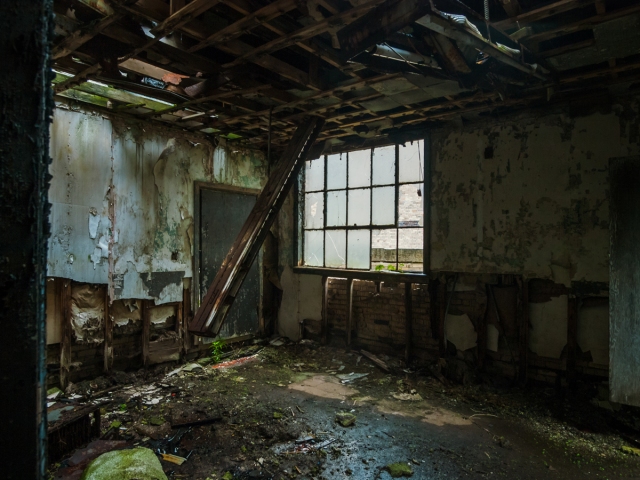
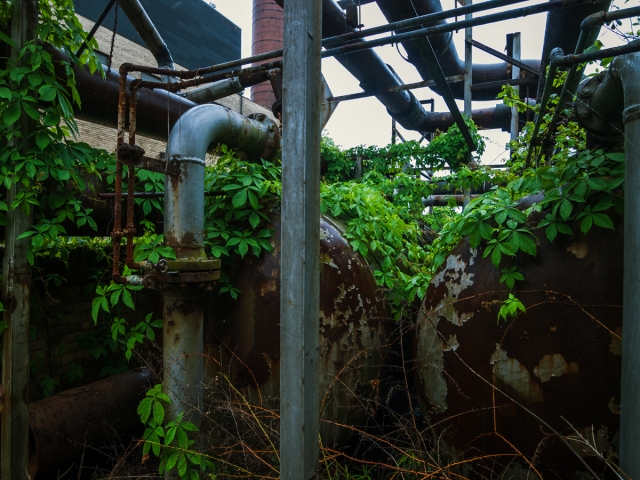

The Painesville rayon plant was built in 1938, just in time to provide reinforcing fabric needed for tires and other automotive products during World War II. Between $7,500,000 and $10,000,000 was put forth in order to build the factory. The company, originally known as the Industrial Fibre Company, had an annual output of about 12,500,000 pounds of rayon. This output was 1,000,000 pounds greater than another rayon plant in Covington. This synthetic fiber, created from a wood product called viscose, was heralded as “synthetic silk” in early Cleveland Press articles. The corporation was the very first to create a fiber of this kind.
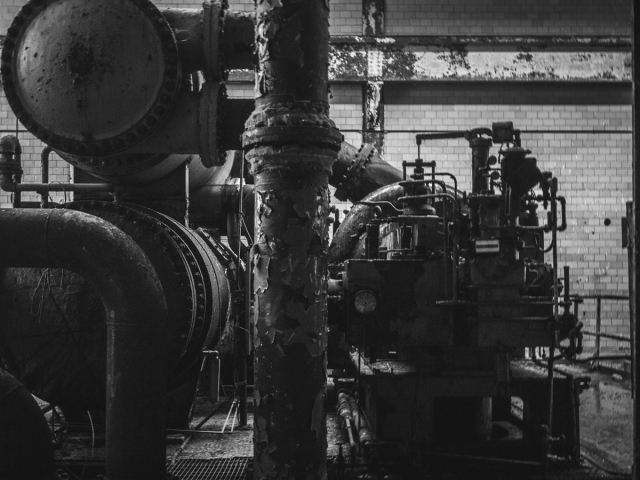
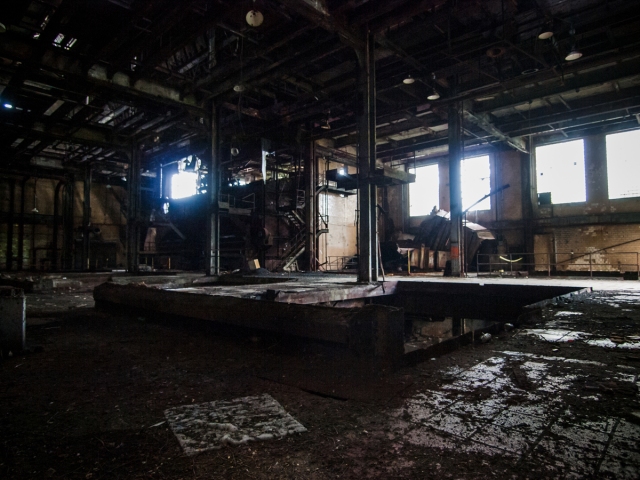

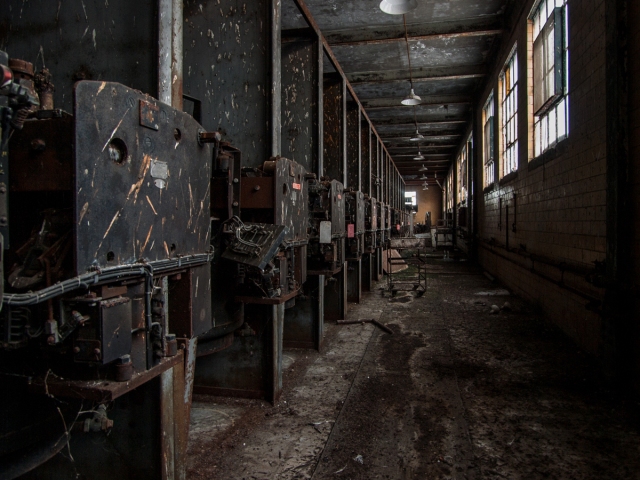
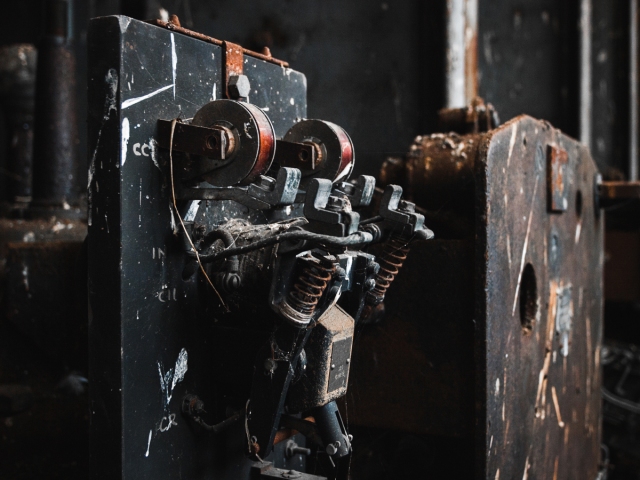
Even during the depression, when the US was hit with an extremely large unemployment rate, the rayon plant provided employment seven days a week. They were able to provide these jobs due to the large demand for rayon by the textile industry. The Rayon Corporation was the second largest employer in Lake County during the 1950s with 2500 workers.
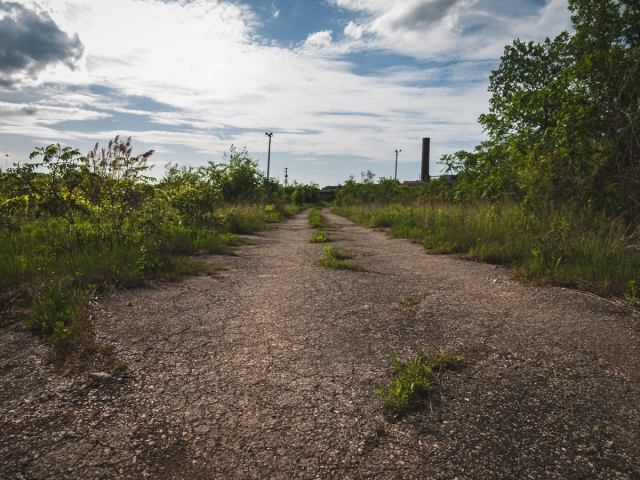

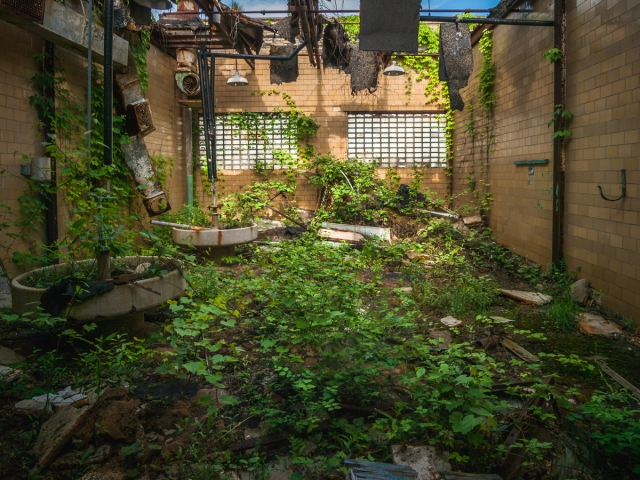
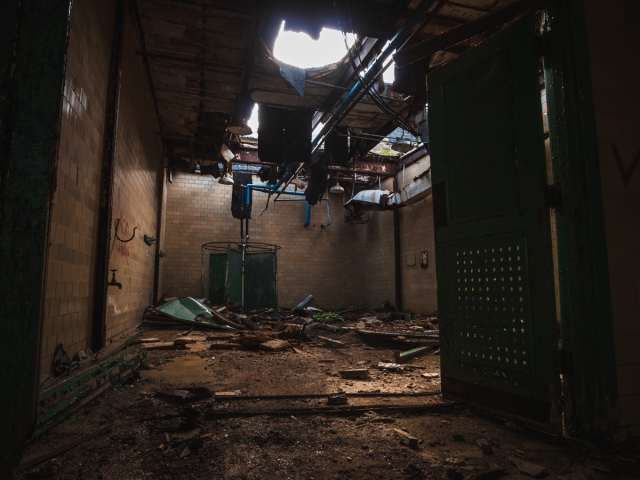
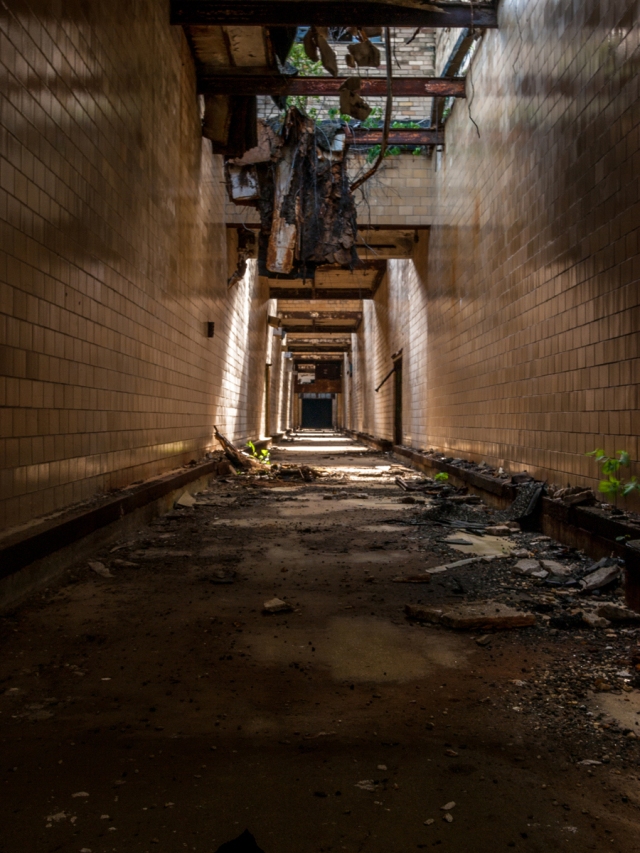



Much of the equipment used during the war was also created using rayon, made within this plant. Among this equipment were parachutes, clothing, and tire-cord used as a cheaper substitute for rubber. While rayon provided a great deal of items during the war, it also provided items for people around the world. With rayon being much cheaper to produce, the end result was cheaper, more affordable clothing, among other items. This could be seen as both good, and bad, as it was a partial contribution to the decline of the US textile industry.










With an increasing production rate over the following years, noxious fumes were thrown into the city’s air. This lead to months worth of meetings, chemical research, and public hearings. Much of the city property had been damaged, and health problems in citizens arose from the large amounts of fumes in the air.
Through World War II and after, synthetic fibers such as nylon and other polymers continued to create competition in the textile market place. Shortly after the war, the Industrial Rayon Corporation (as it was known by this time) was purchased by Midland-Ross Co. – another Cleveland company supporting the automotive industry.

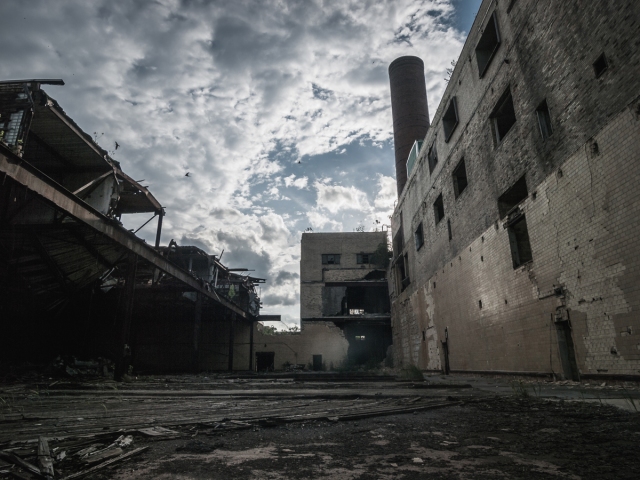
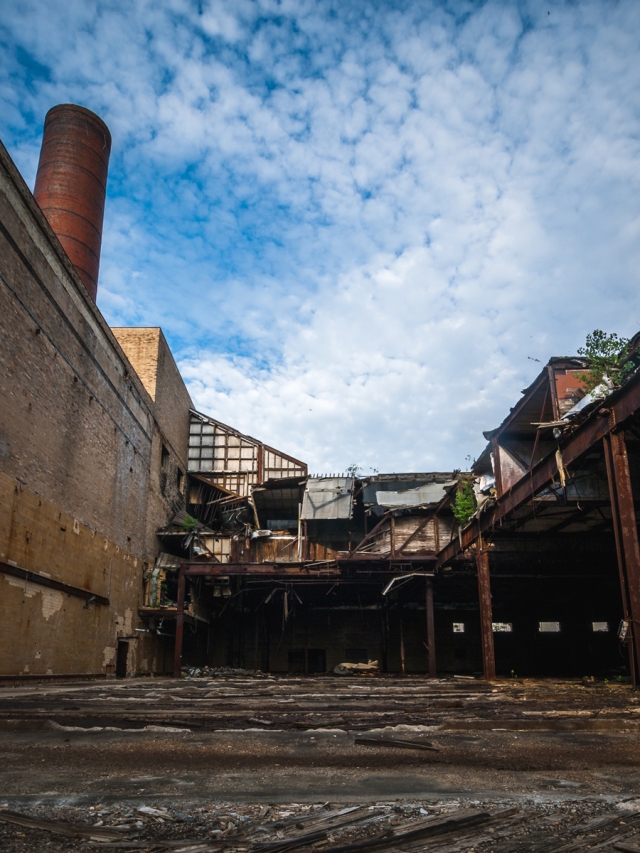
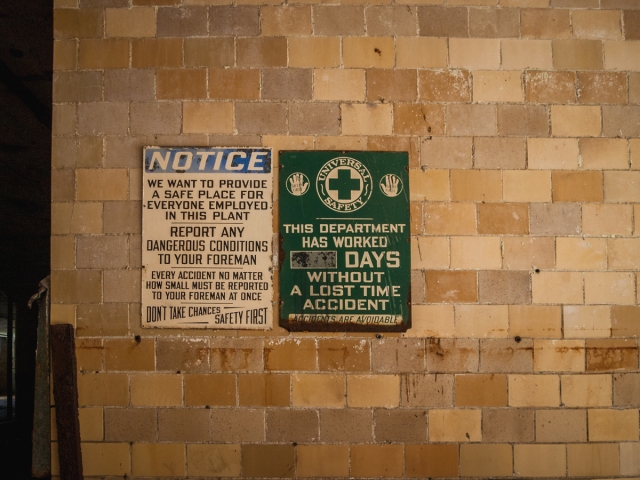
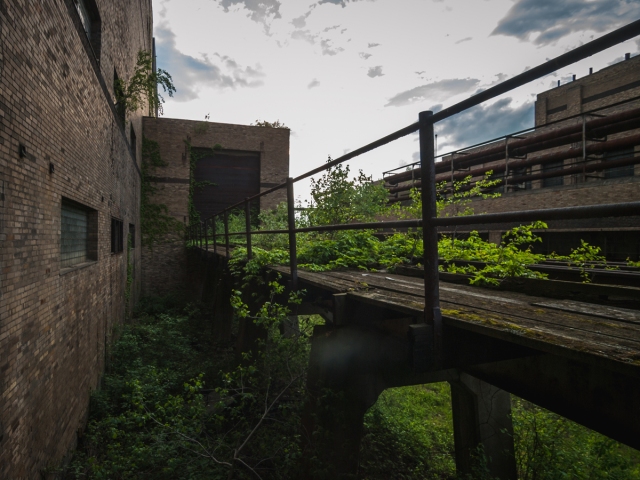
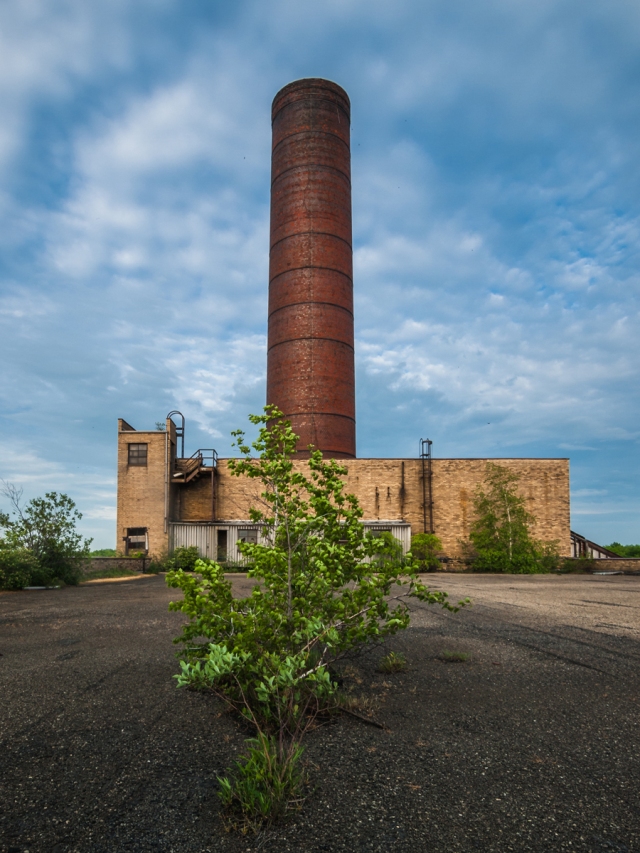

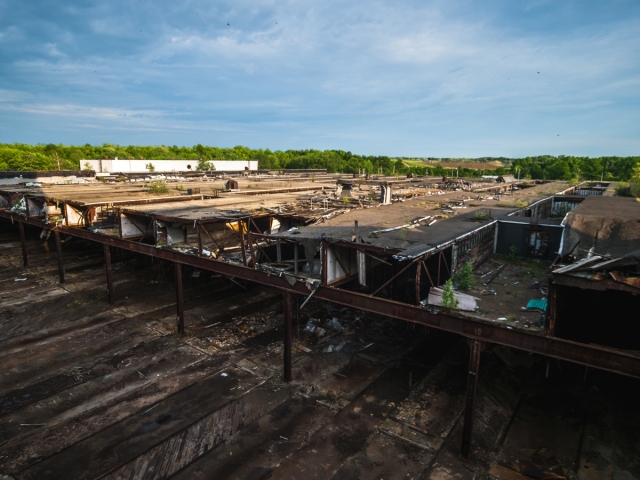
August 6, 1980 – the day everyone lost their jobs, when plant management announced the closure of their 43-year-old company. By this time, demand for polyester had sharply declined, as its use in tire yarn was much less applied in tire manufacturing. The 630-acre site was put up for sale, leaving 350 hourly and salaried workers in the dark.
Far back and down an old, empty avenue; lined with the cracked remains of 1930’s gaslight street lamps, sits Painesville’s Industrial Rayon Corporation. The cooling towers overlook sections of remaining factory roof tops, while gusts of wind bury themselves into and out of a large section of the factory, now exposed to the elements.

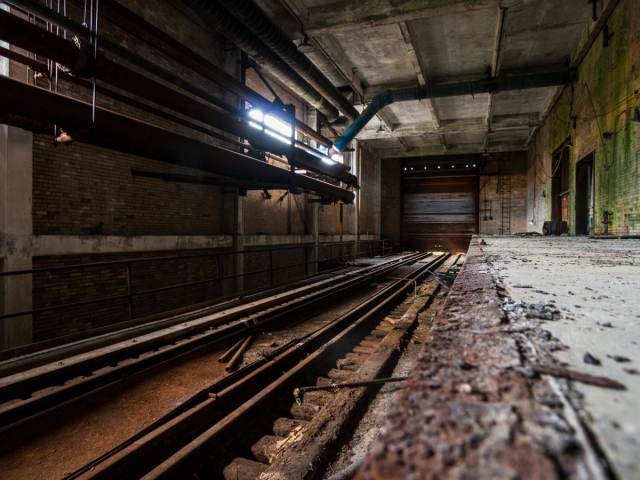

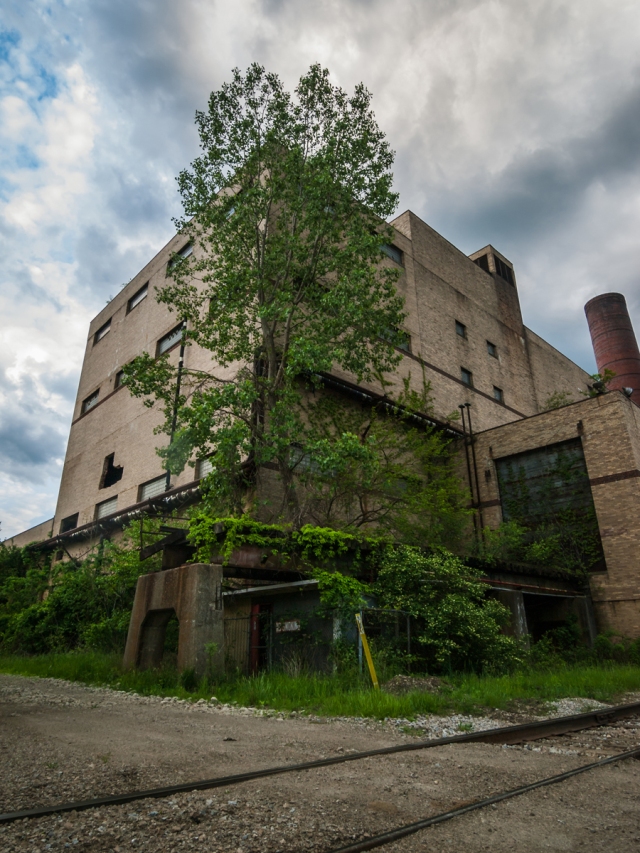


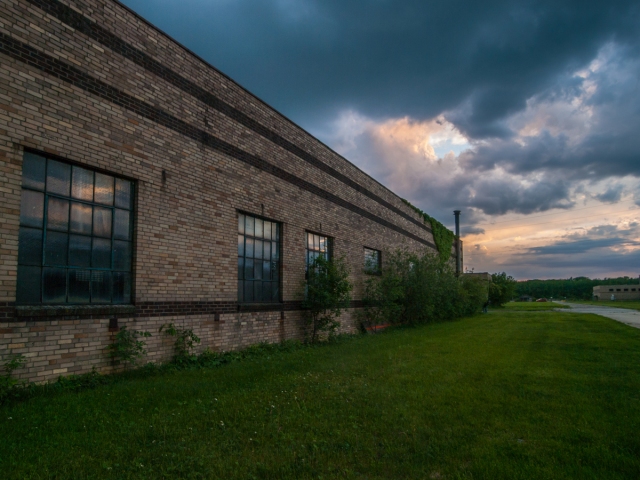

As I walked down the crumbling road leading to the entrance, I passed by the former offices and security booth, which sat across the lot where former employees would park their vehicles before beginning the work day. Finally reaching the entrance, I slipped inside to find myself surrounded by cracked tile walls, dilapidated ceilings, and a green glow of nature pushing up towards sun rays, peaking through areas void of a ceiling. I like to think of these as naturally created skylights. It sounds nice.
I turned to the right and continued my stroll, looking up and down at the foundation crumbling around me. From across the room, I had spotted a doorway, glowing bright with sunlight from inside. I could see the cracked and broken room, coated with a bright green chroma. Upon my entrance through what was left of the doorway, I found myself stood before a beautiful forest of nature’s own reclamation. Brilliant greens bounced the bright sunlight to glossy, tan, tiled walls. Over the next 2 years, I would continue to visit at different times of the year to watch how nature affected our man-made structures we so carelessly left behind. It’s interesting how nature and wildlife can take on different characteristics, and different lives within these places.
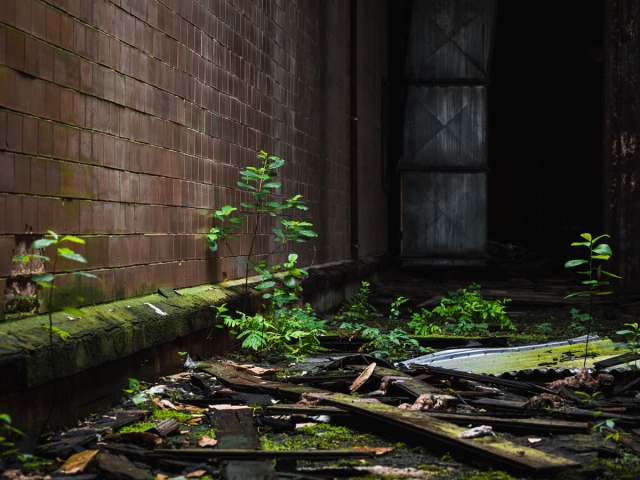

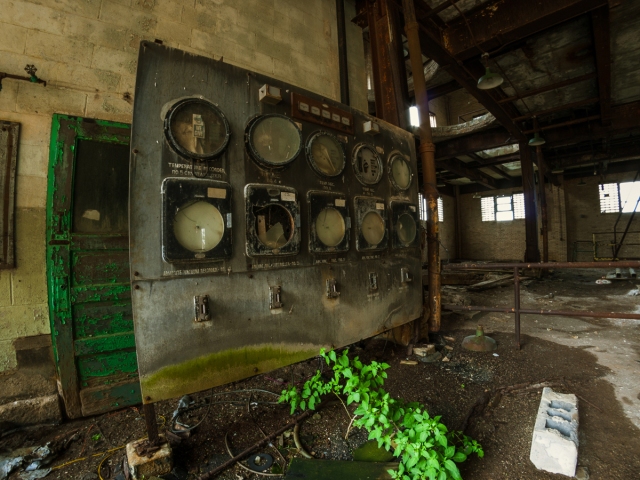


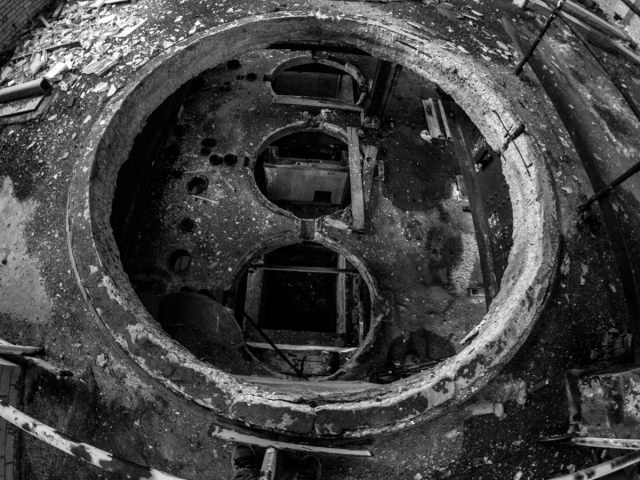
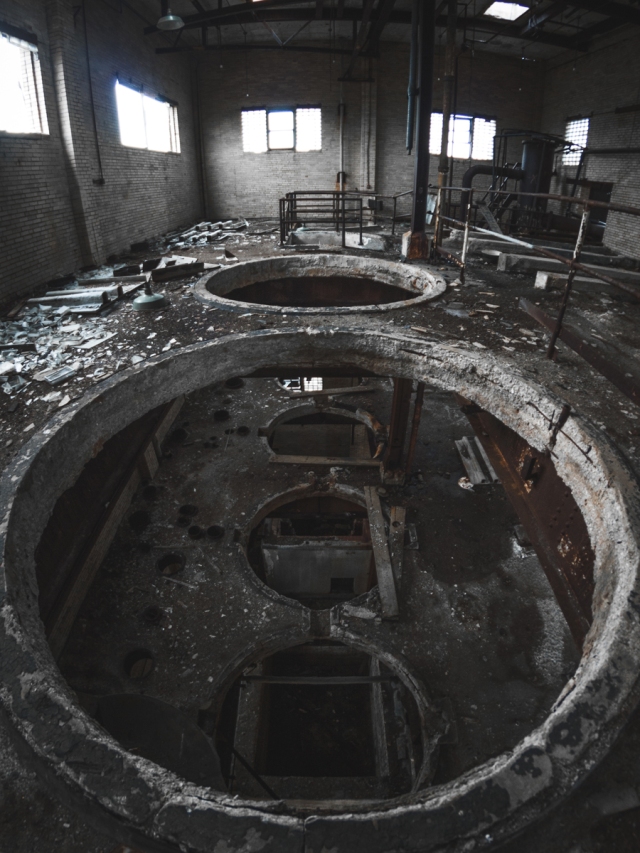
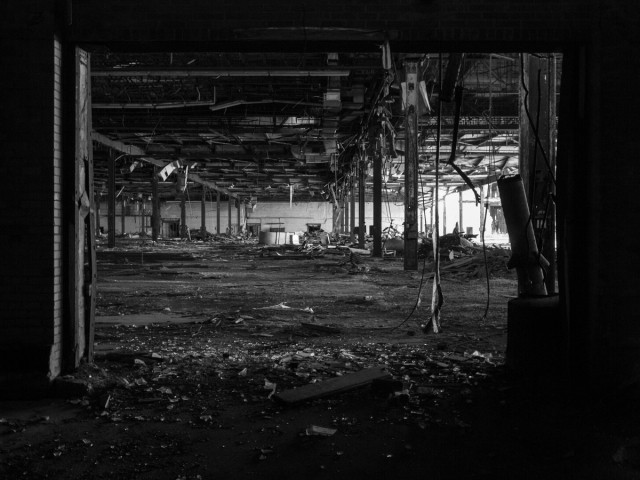

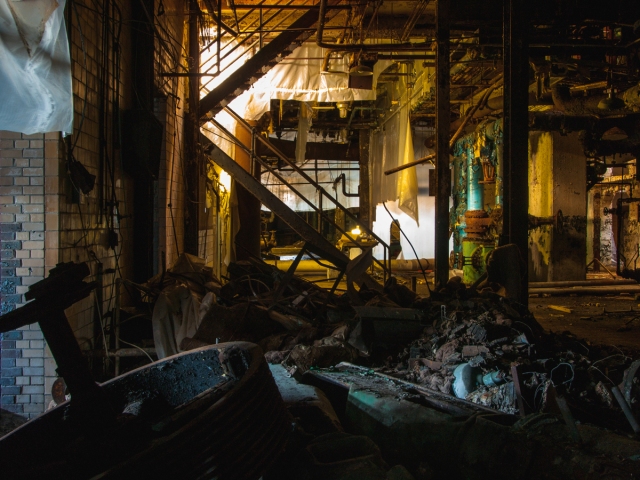

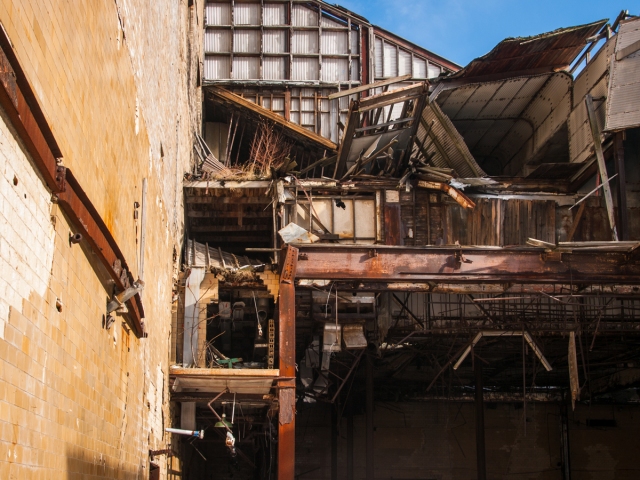
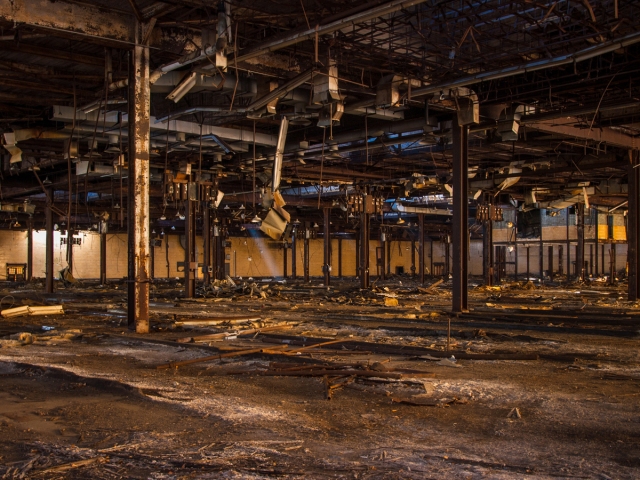
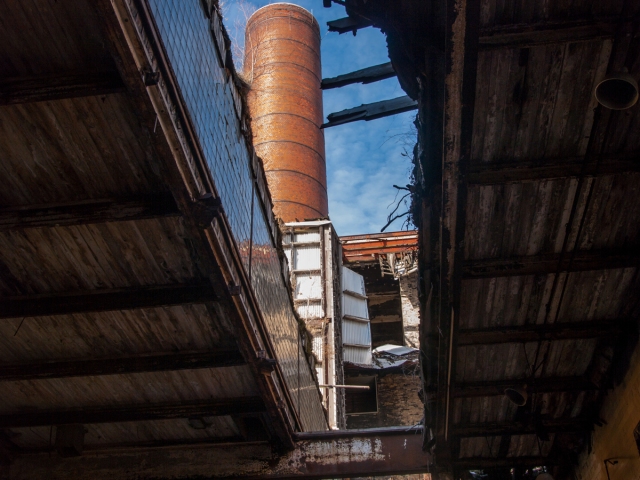
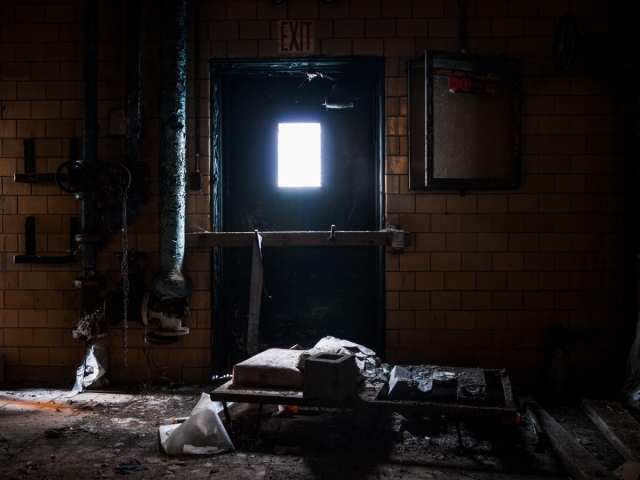

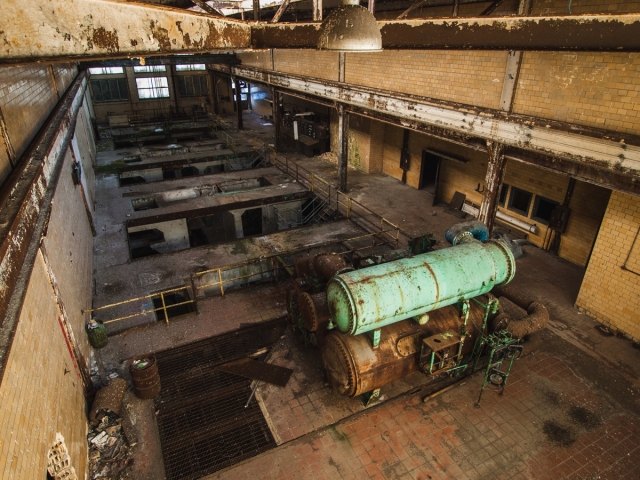

Sometimes I sit and think to myself ‘did they ever wonder what their investments would look like to people in the future, or even what would become of it all?’ What would history think of us today?
Very often, I’m asked what gear I use for my photography, videography, etc. Questions ranging from what type of camera/cameras I use, what lenses I use, backpacks, memory cards, even what type of laptop I recommend, or what type of introductory camera I recommend…all that stuff, and more!
Well, of course I love to recommend camera gear or adventure gear that I trust and love, so at the end of each post I create here on my blog, I like to give a bit of a run-down on gear I use almost all the time!
So here it is! My entire (or most of it) list of photography/editing/adventure gear that I use.
My Camera (Sony a7riii) – https://amzn.to/2AFtzQv
Alternative Camera – https://amzn.to/2VHjR9h
Theta 360 Camera – https://amzn.to/2CaRwzm
Sandisk Memory Cards – https://amzn.to/2SN5sX6
Sony 16-35 4.0 – https://amzn.to/2HgLFhN
Zeiss 55 1.8 – https://amzn.to/2SK4Dys
Zeiss 85 1.8 Batis – https://amzn.to/2SNRQLm
Laowa 12mm 2.8 Zero-D – https://amzn.to/2AESLXD
My Favorite Backpack – https://amzn.to/2RKTi44
Tripod 1 – https://amzn.to/2SKxxON
Tripod 2 – https://amzn.to/2M2gUM6
MSI Laptop (great for editing, & much more) – https://amzn.to/2shGfZn
My e-books – https://amzn.to/2Bumcwo
Hardcover books and prints available at – www.oddworldstudio.com
Yes, those links above are all affiliate links to Amazon, so yes I do get a very small percentage if you make a purchase through one of them. This helps me keep this blog up and running!






Very interesting! Thank you! In my country, after Soviet Union crashing was totally the same…
Great photos. So evocative. Love especially the ones where nature is reclaiming the site so significantly.
Great pictures! I drove there last summer but was afraid to go past the entrance. Having worked there and familiar with the layout in the back of the spinning room where the viscose was made there were many chemicals. Were they all removed? Would love to go through there. Is it possible?
The things that hide in and around Cleveland, utterly forgotten! The Rayon building was built 1938 – 39. It seems it was the sort of innovative factory building that might not suggest its early date of construction. It was a fully air-conditioned building. Light entered thru walls and roof monitors infilled with glass block in one of the largest uses of that product to date. It’s designer was the highly regarded engineering firm of Wilbur Watson & Assoc in Cleveland. Of course, Watson was also the designer of Goodyear’s extraordinary zeppelin airdock in Akron.
https://books.google.com/books?id=OP5zSZ1mbkoC&pg=PA175&dq=building+made+of+glass+toledo+1936+owens+illinois&hl=en&sa=X&ved=0ahUKEwiYj8Wn9cnaAhWh0FQKHYuaAL8Q6AEINzAD#v=onepage&q=building%20made%20of%20glass%20toledo%201936%20owens%20illinois&f=false